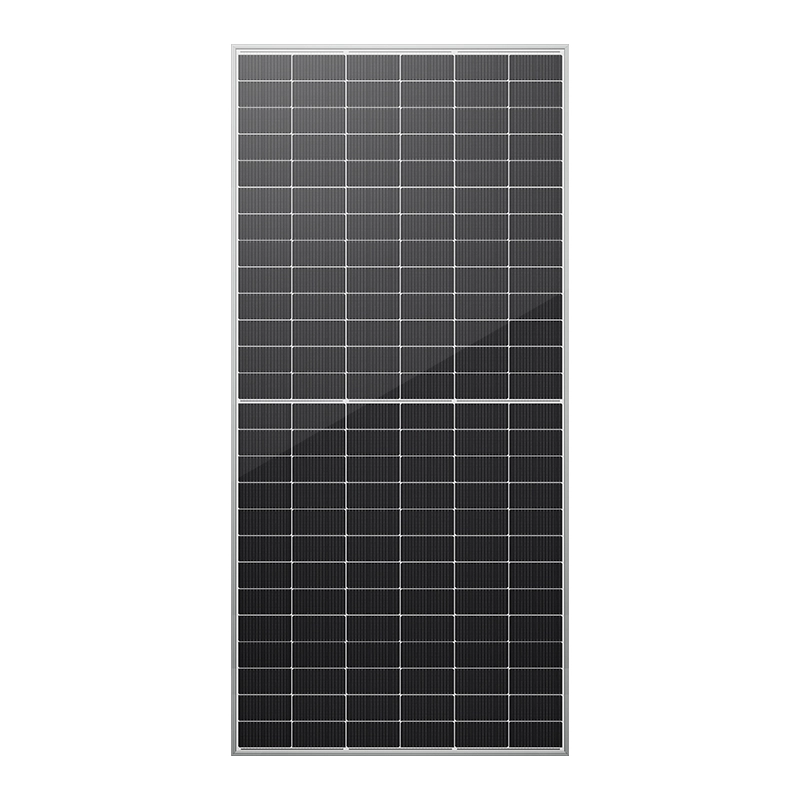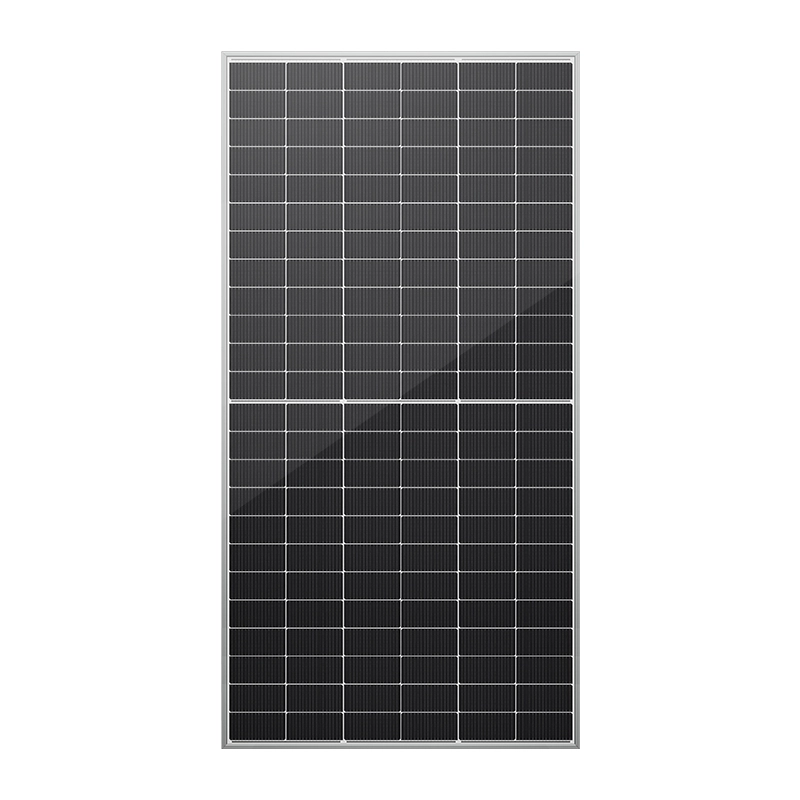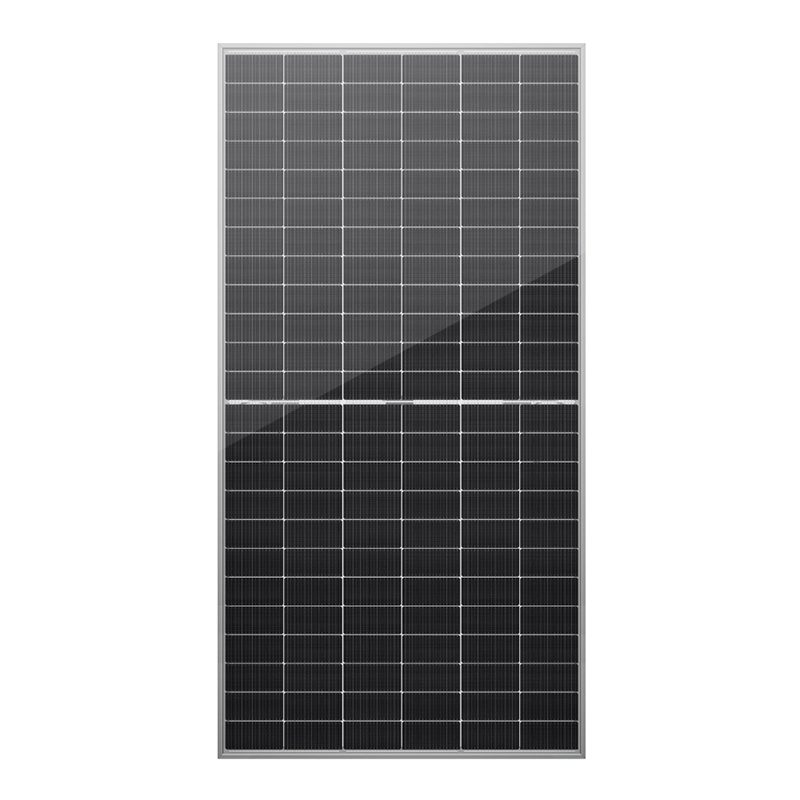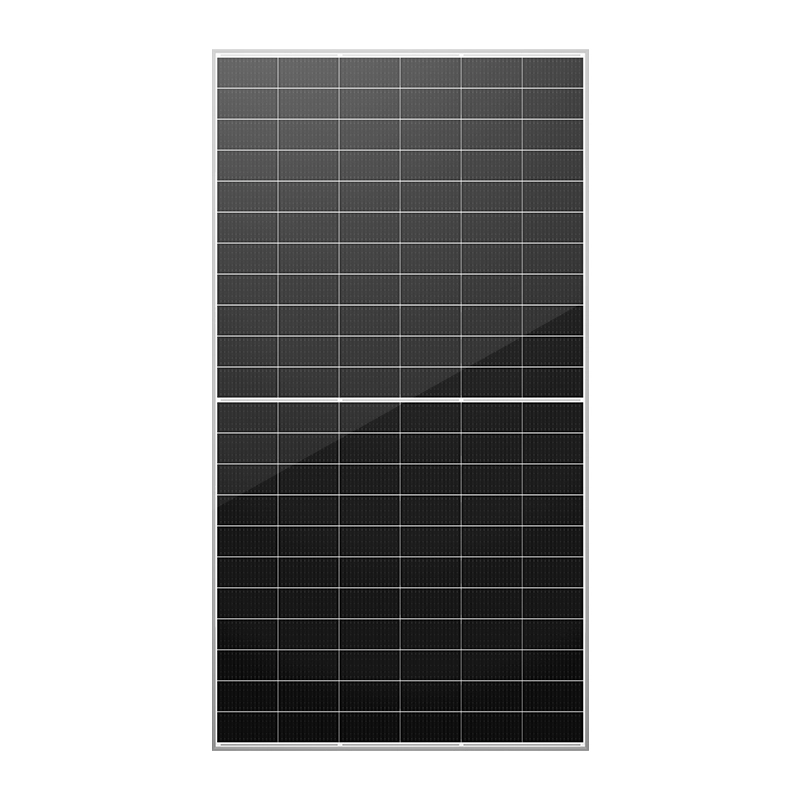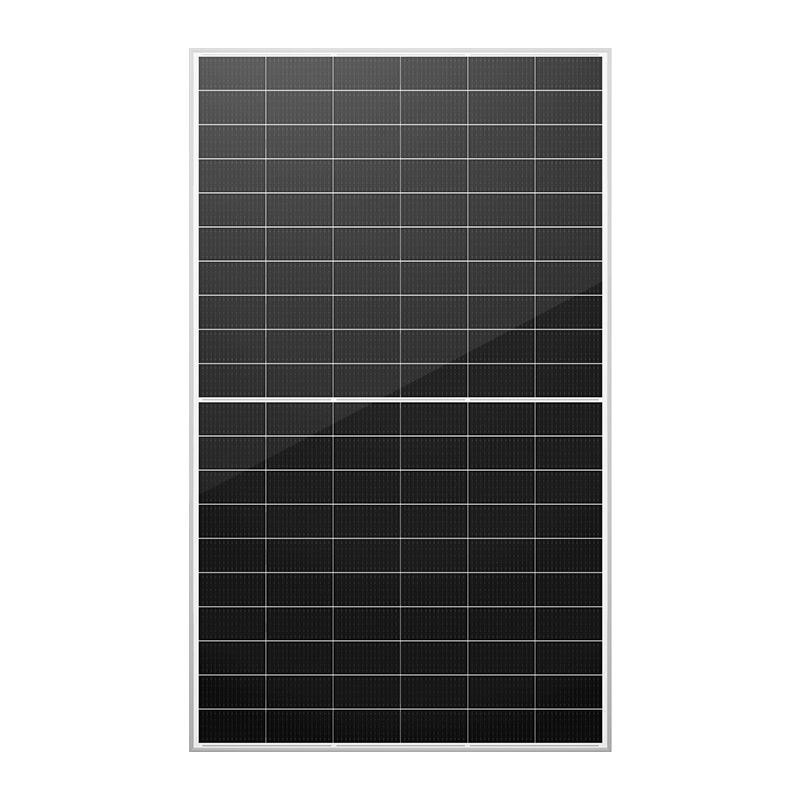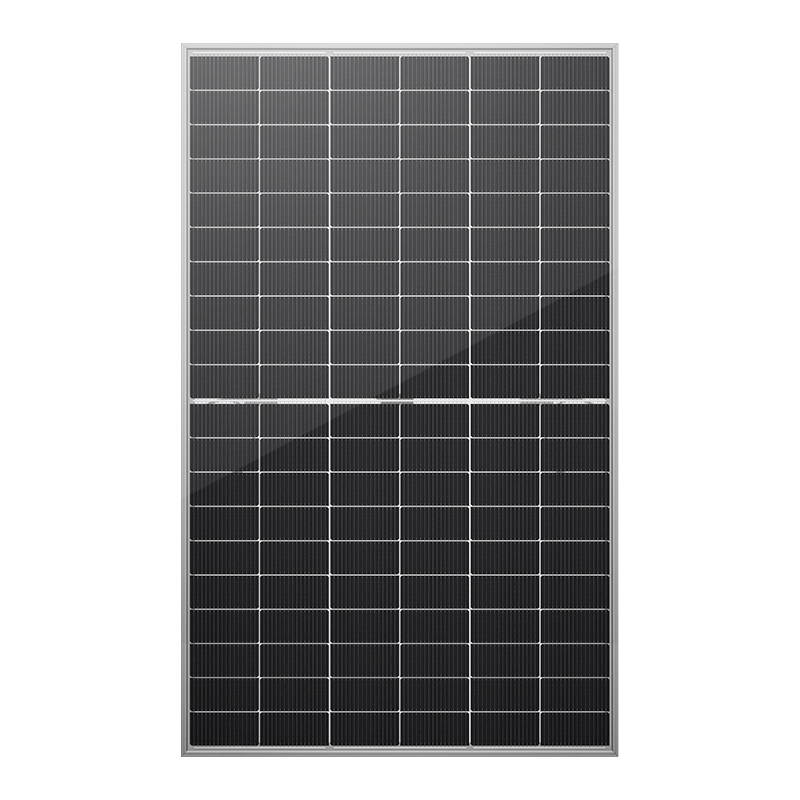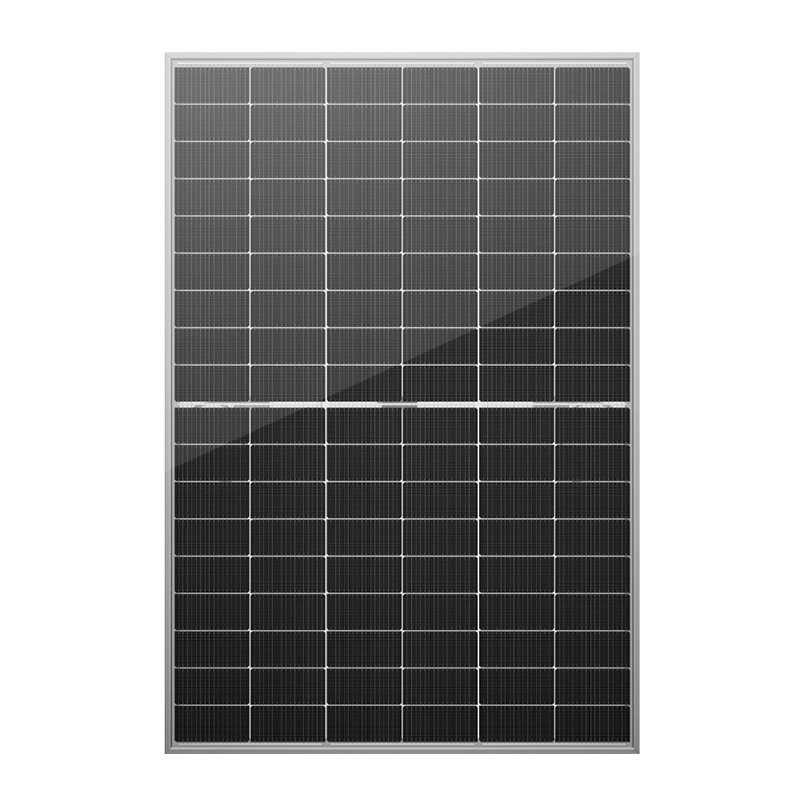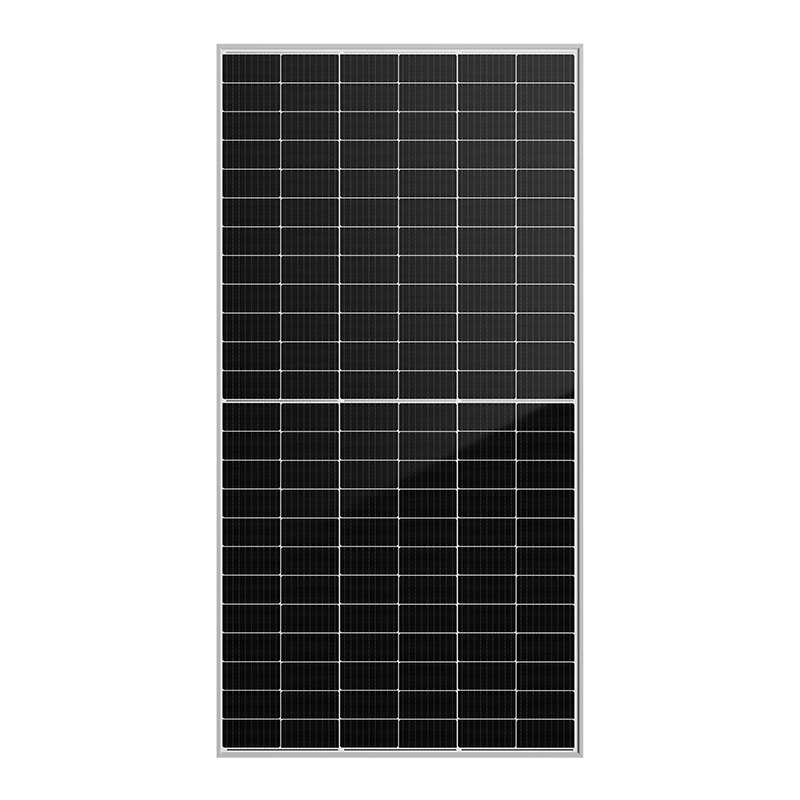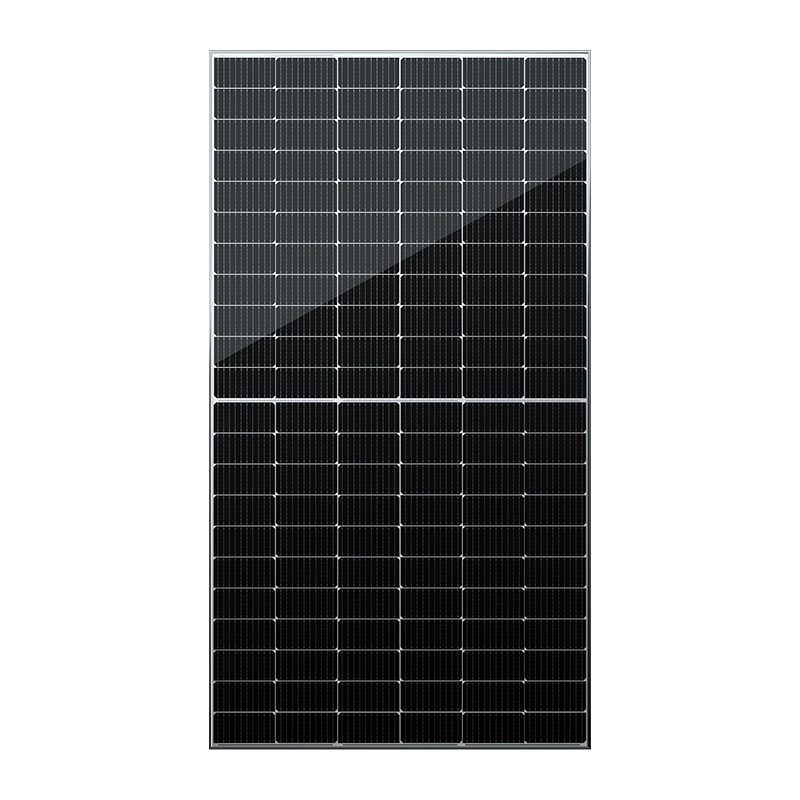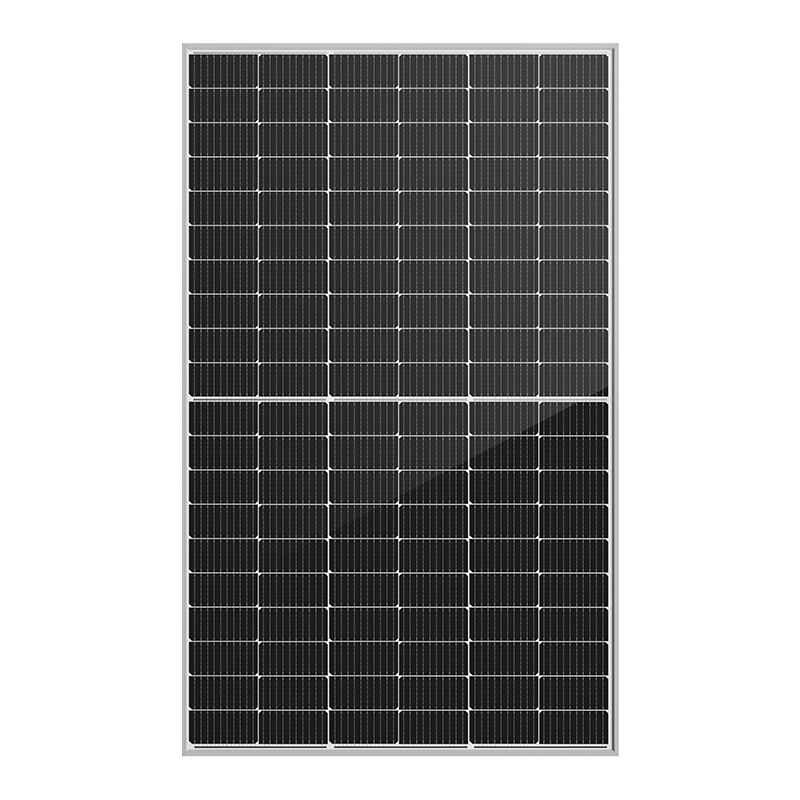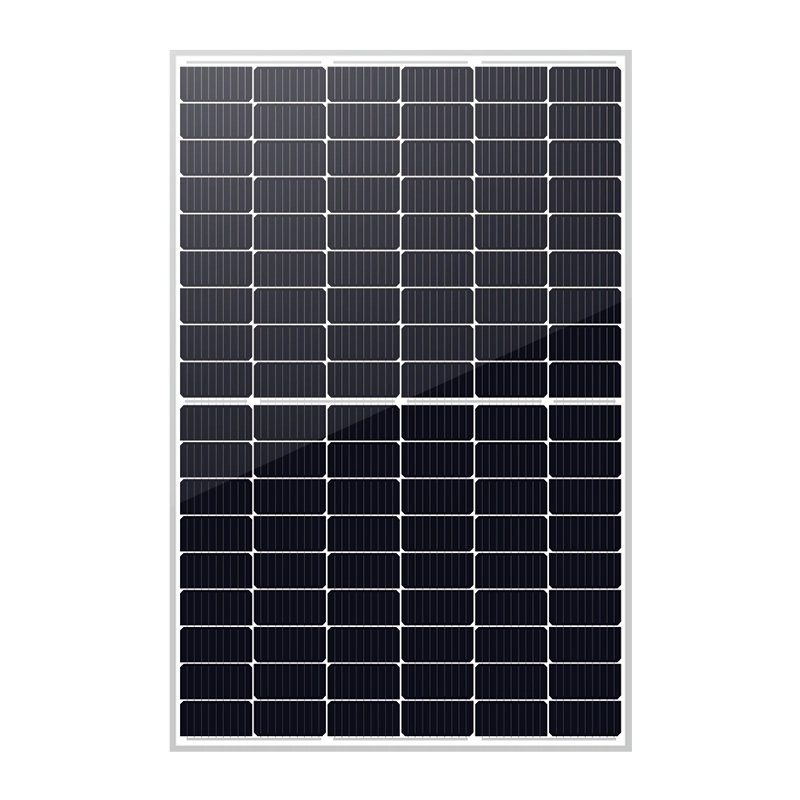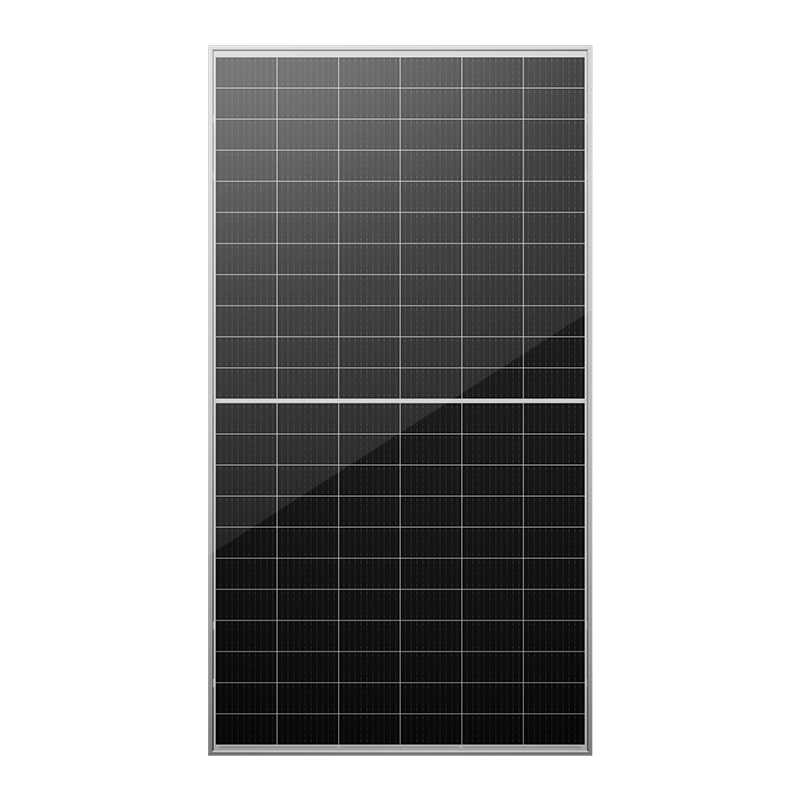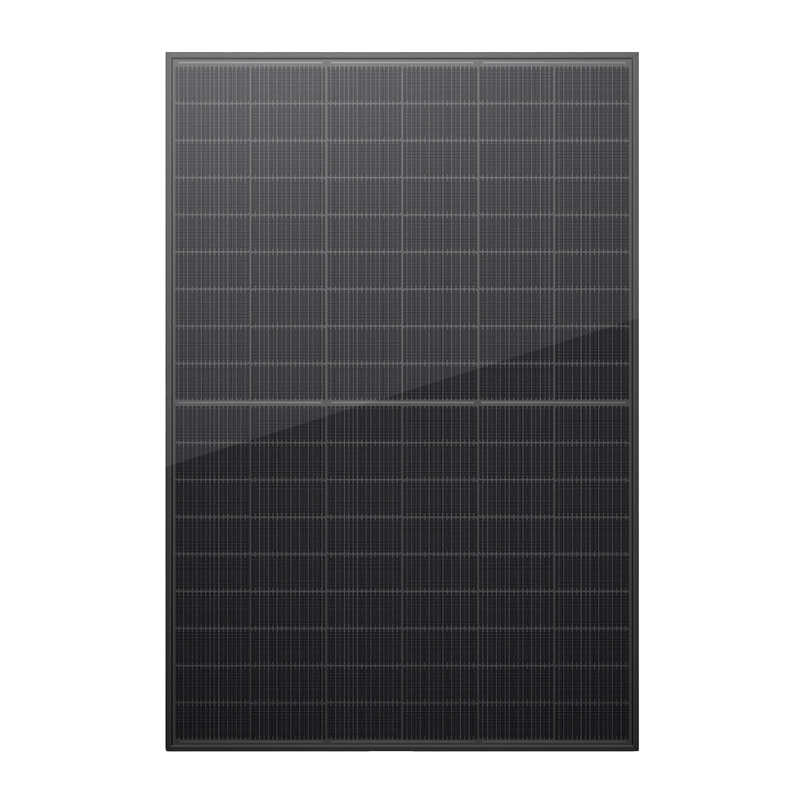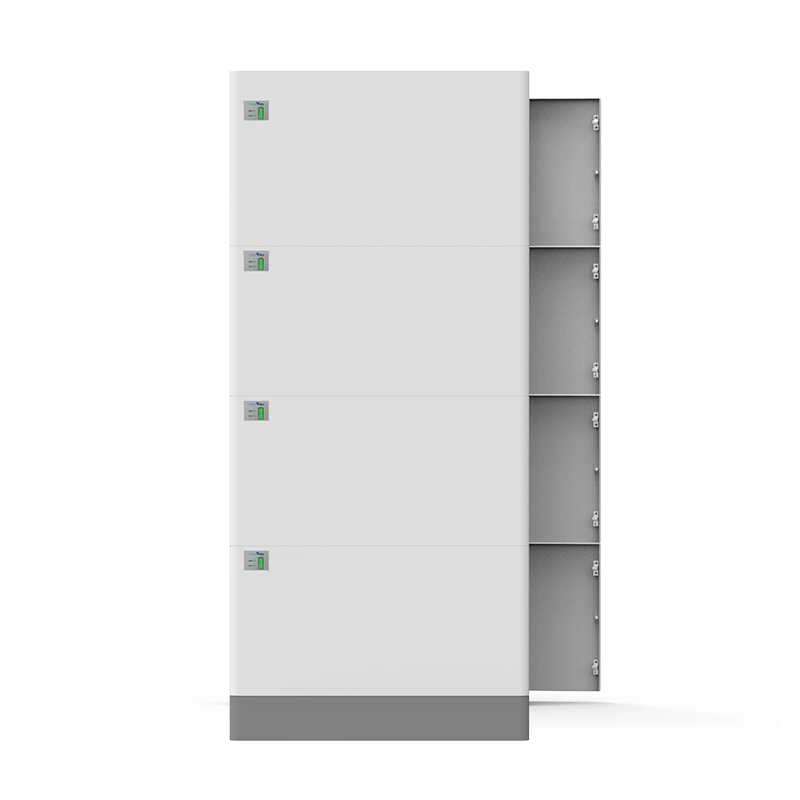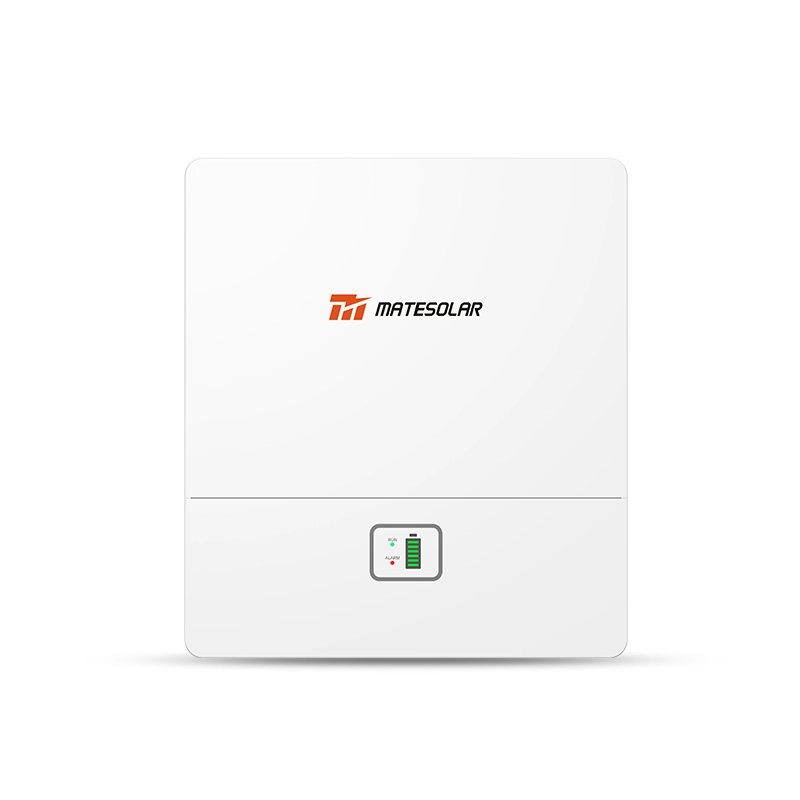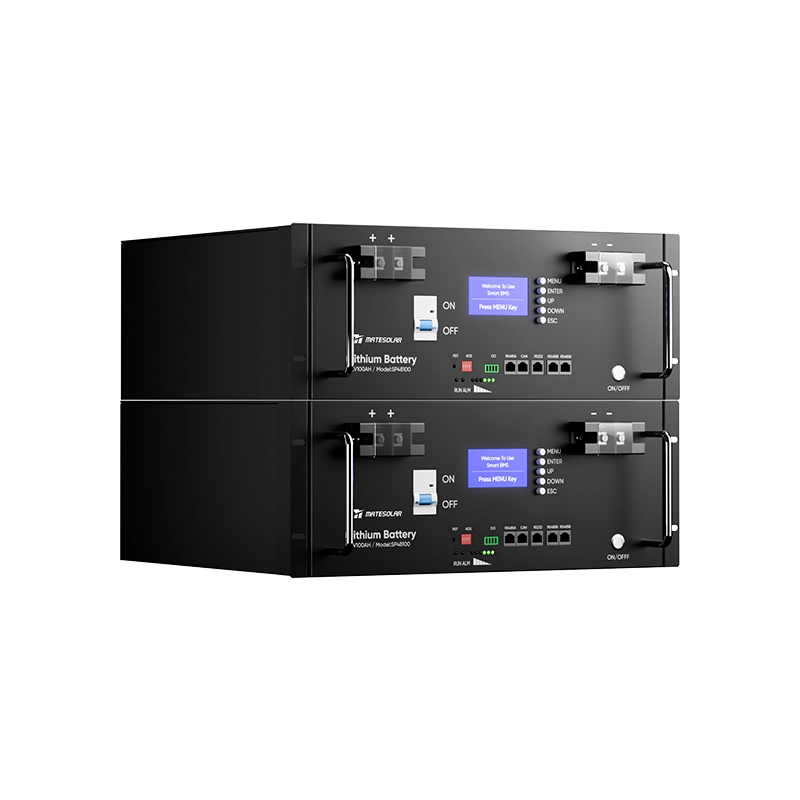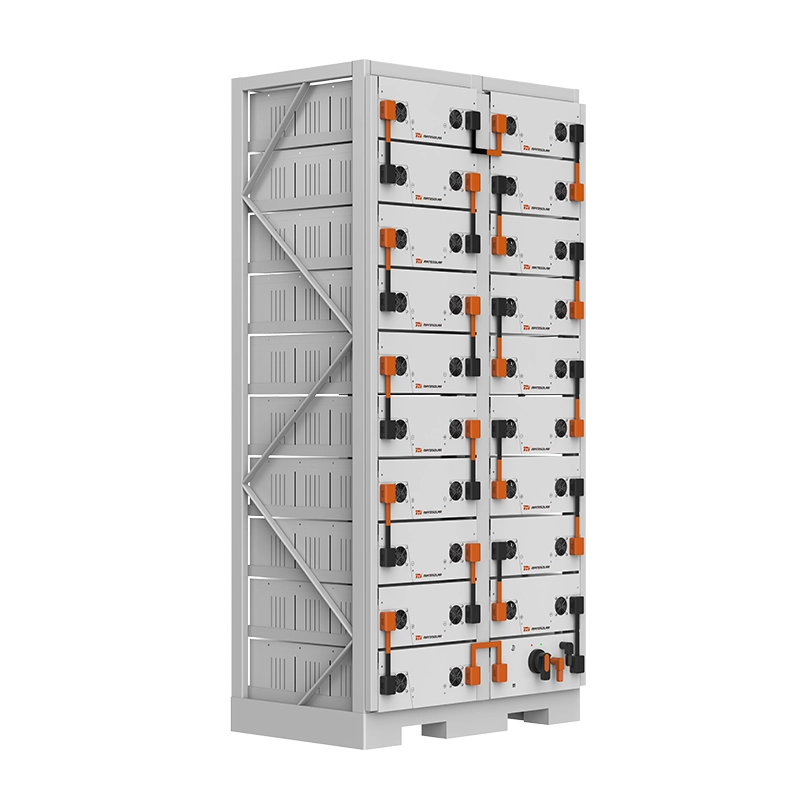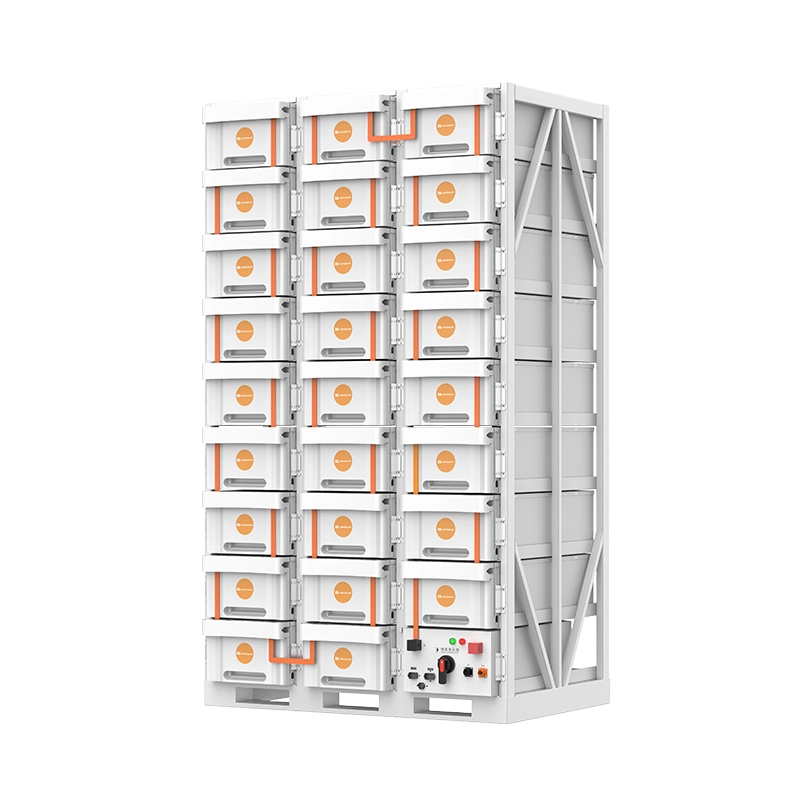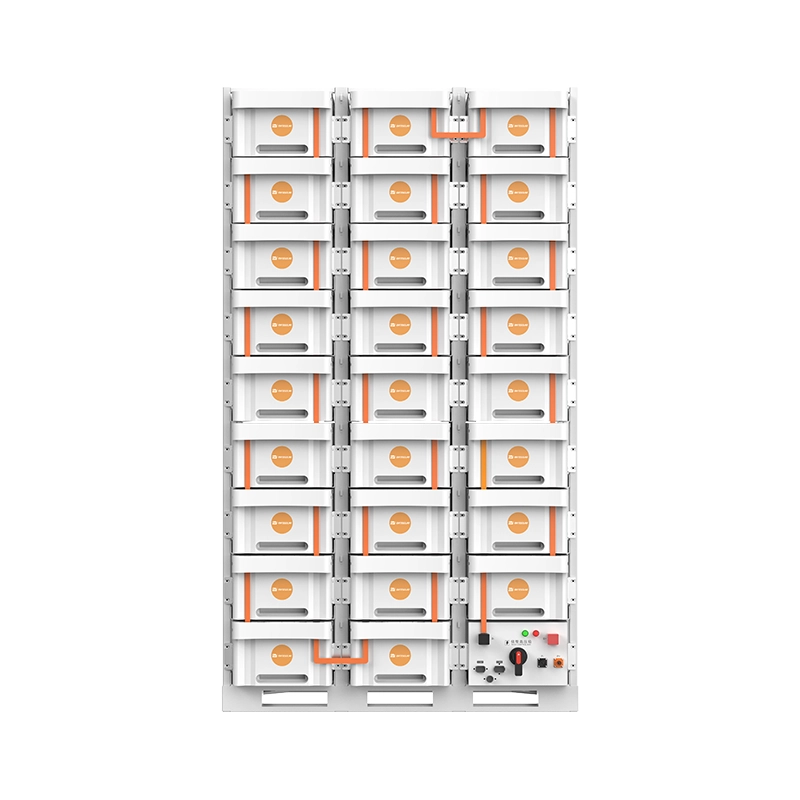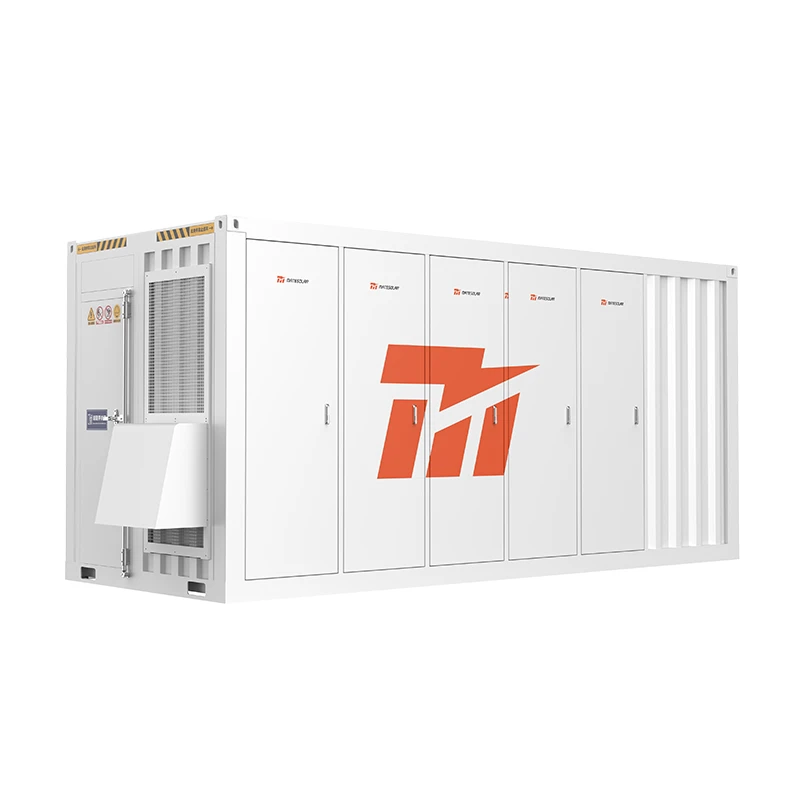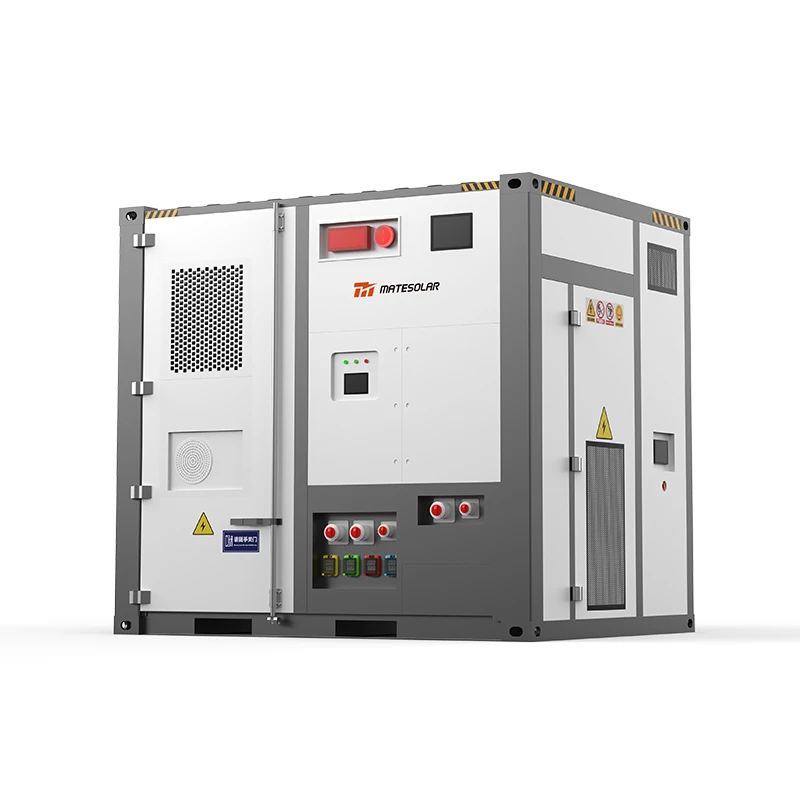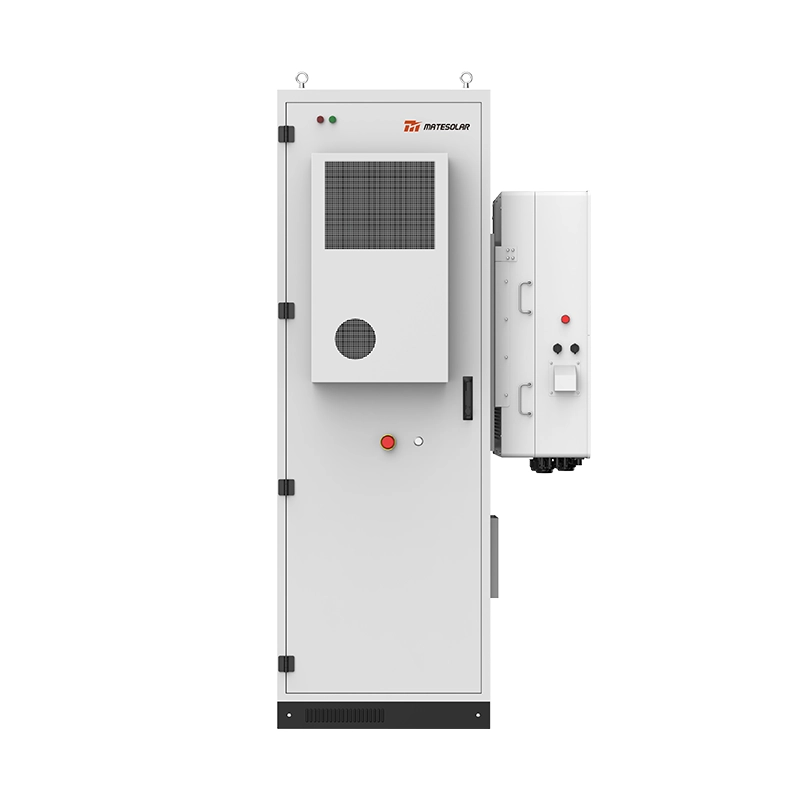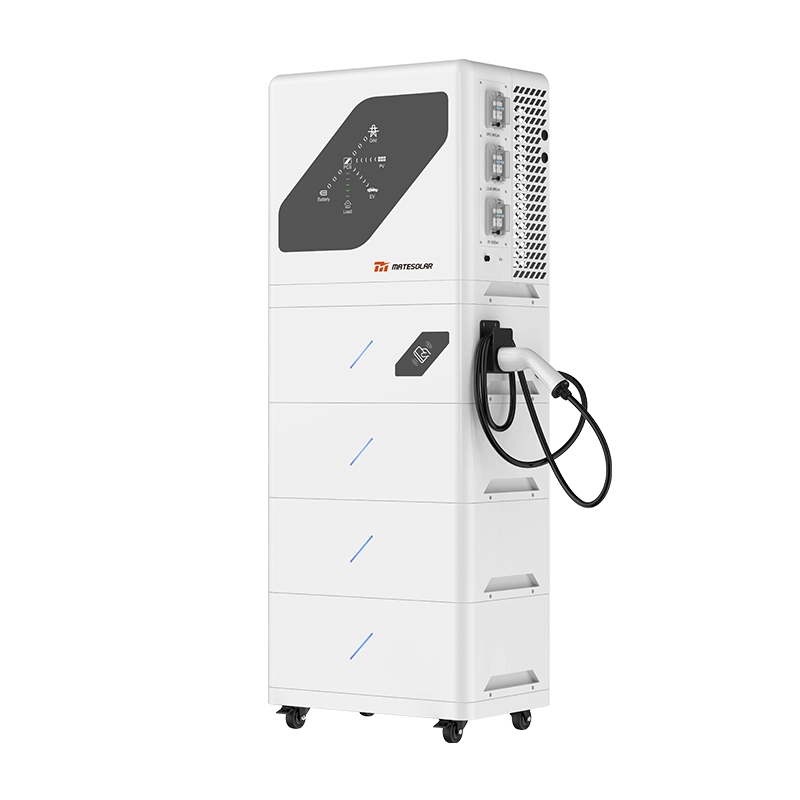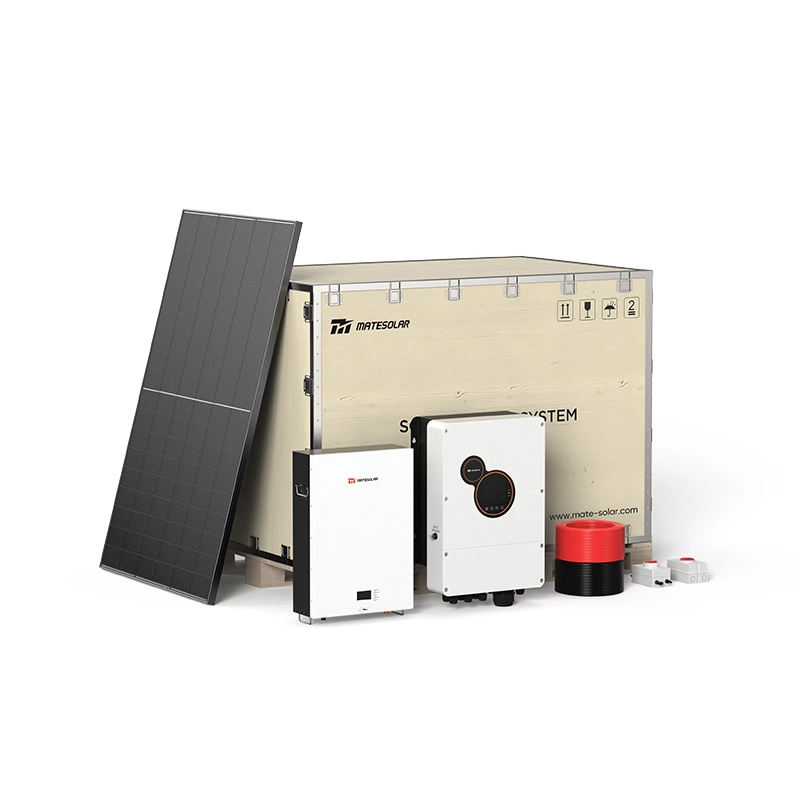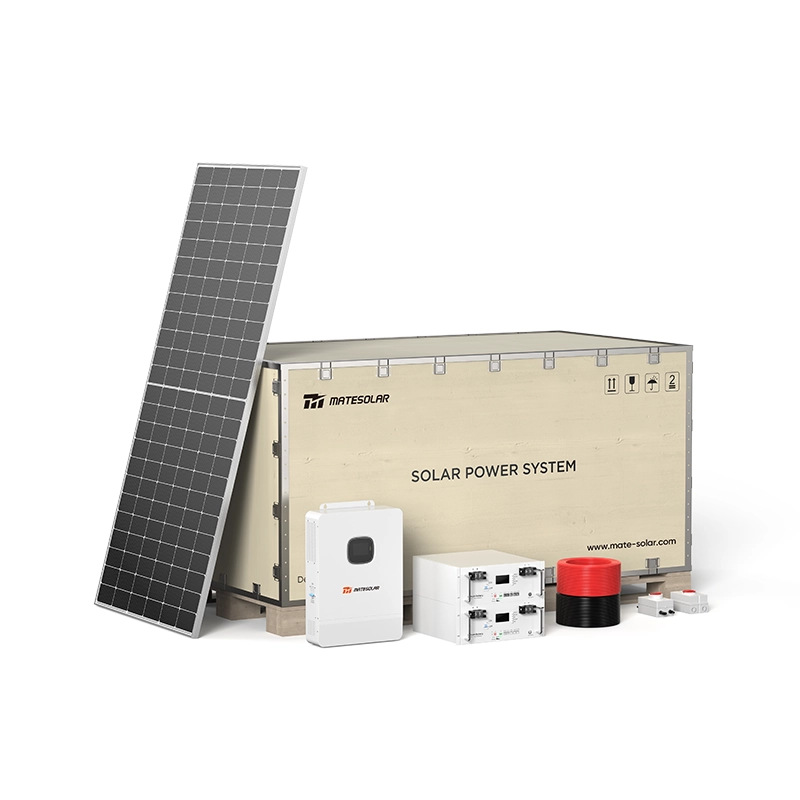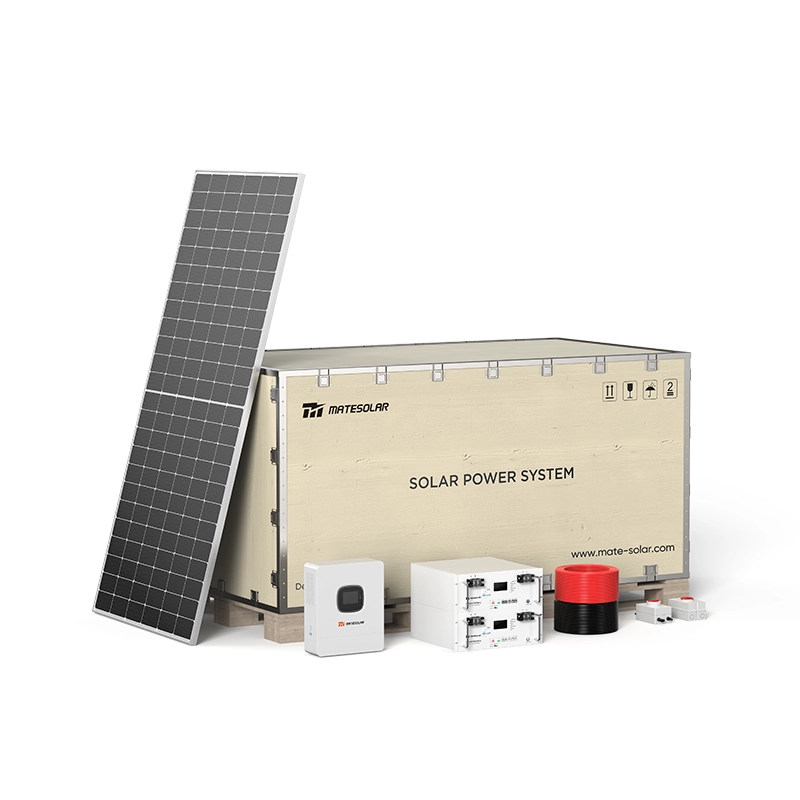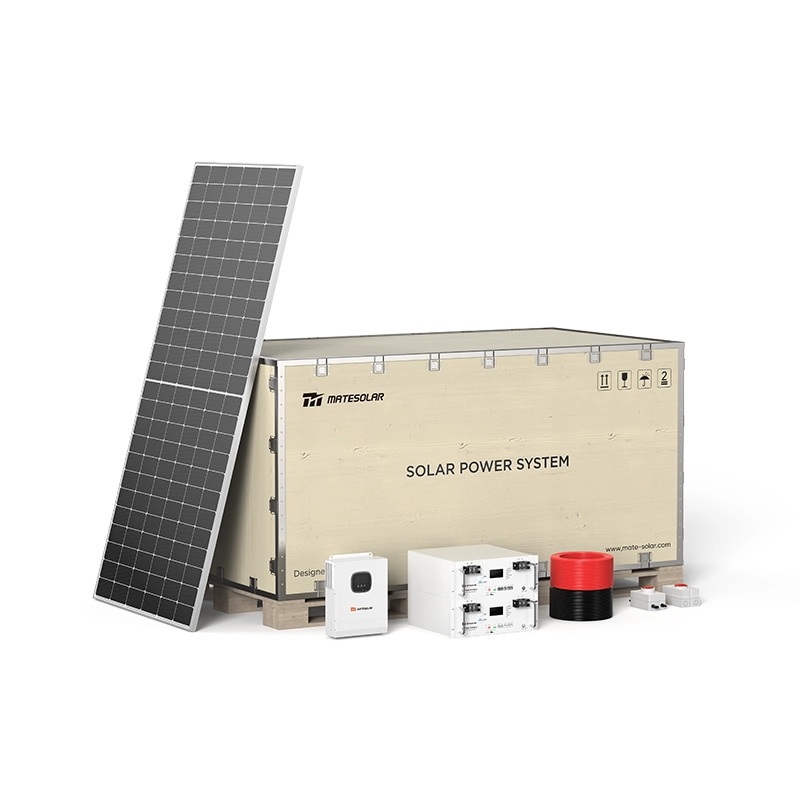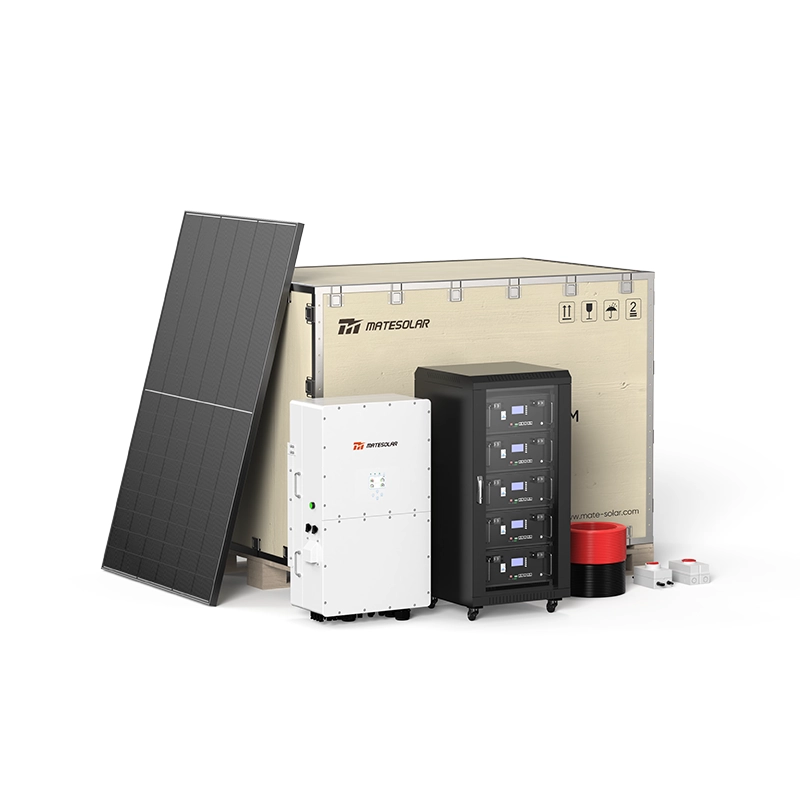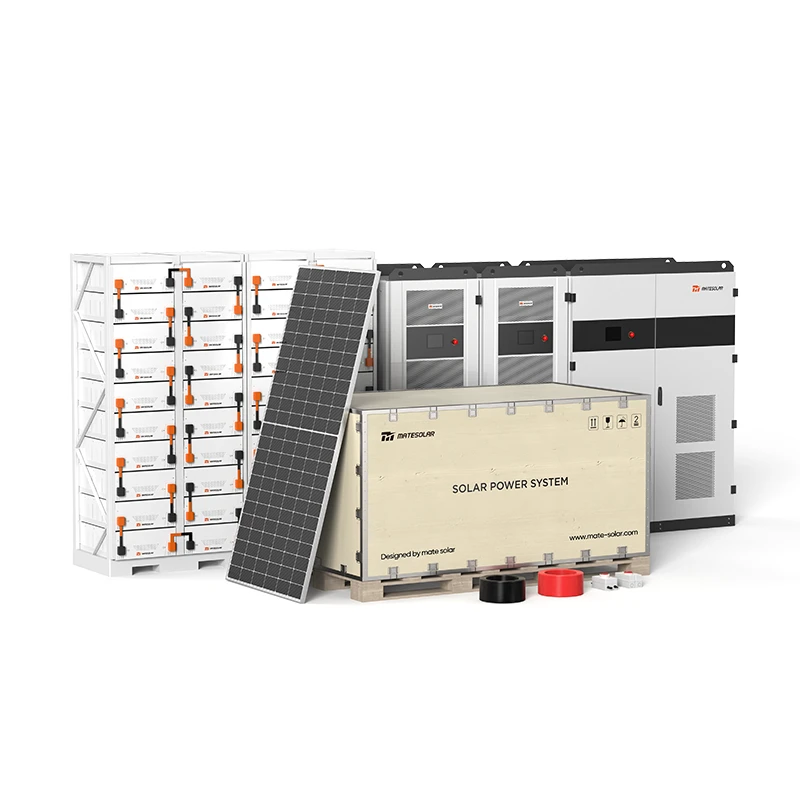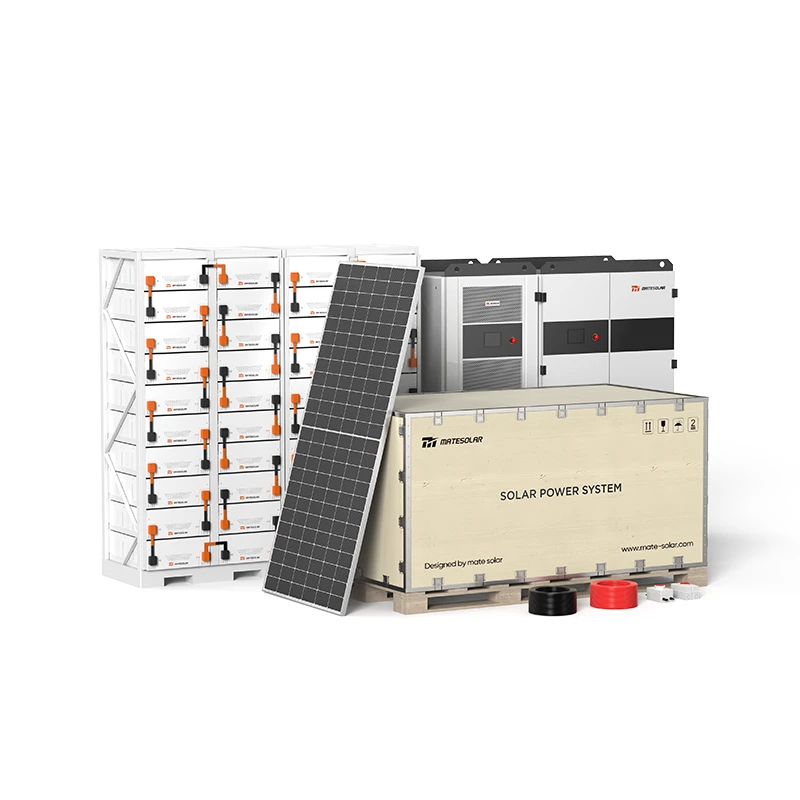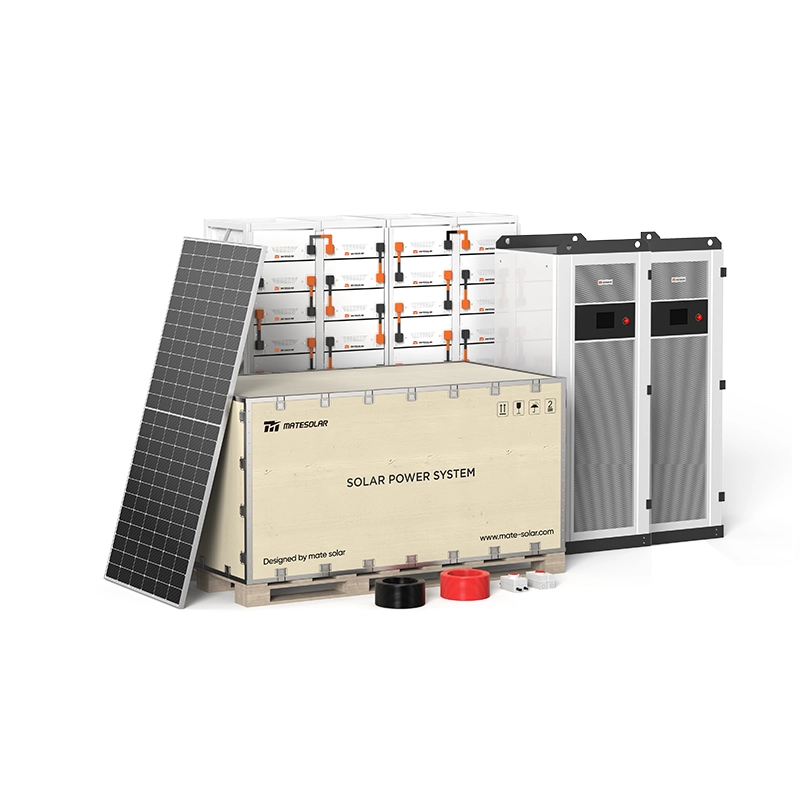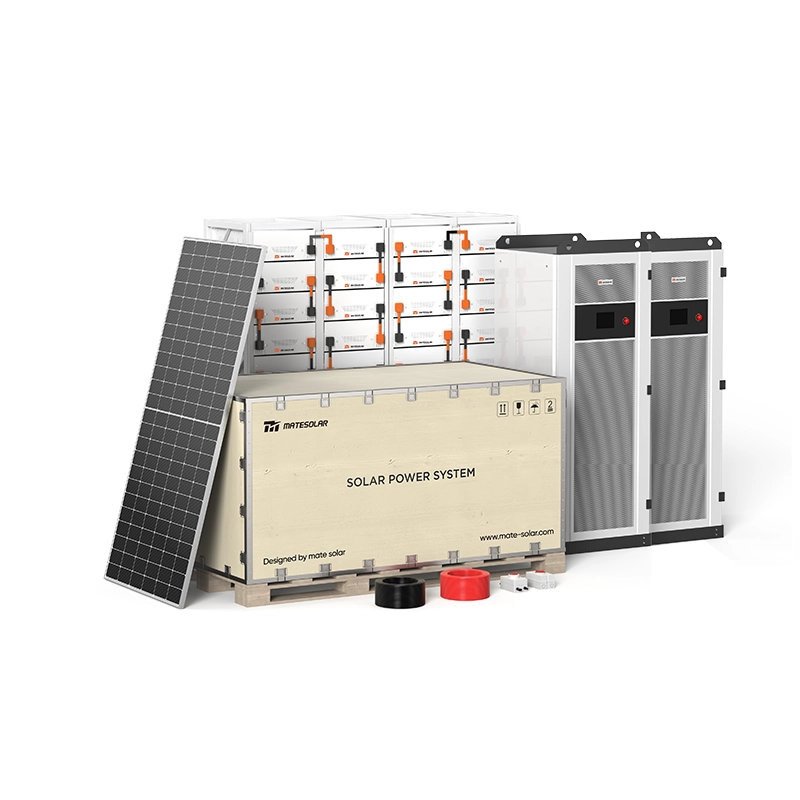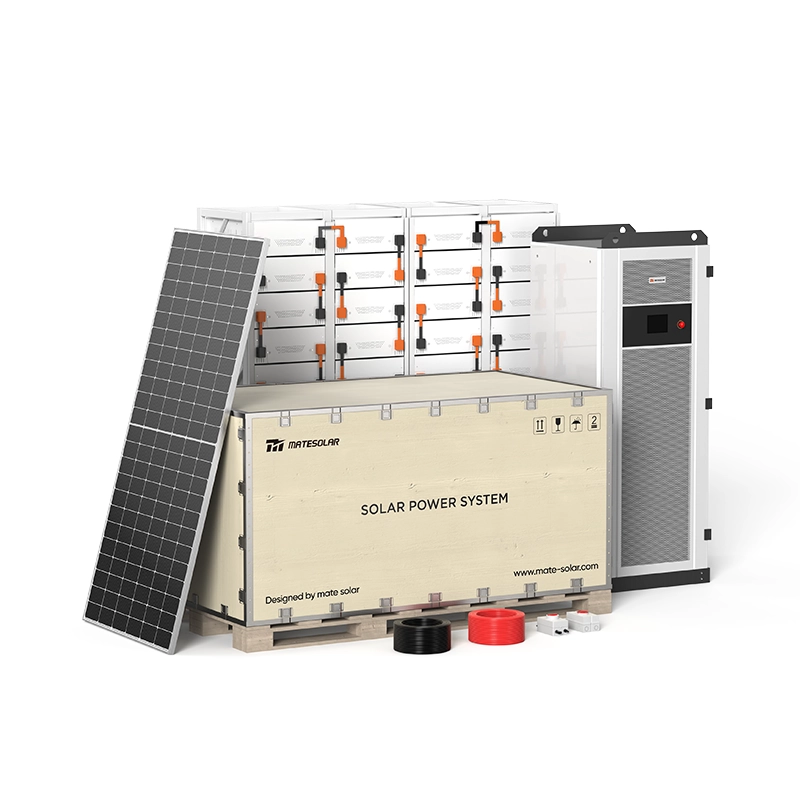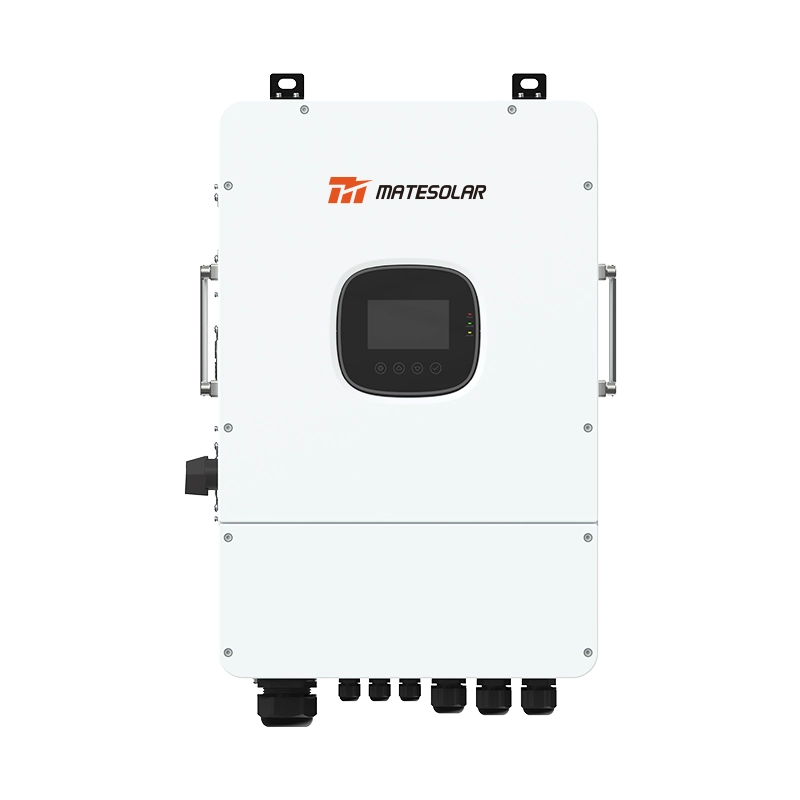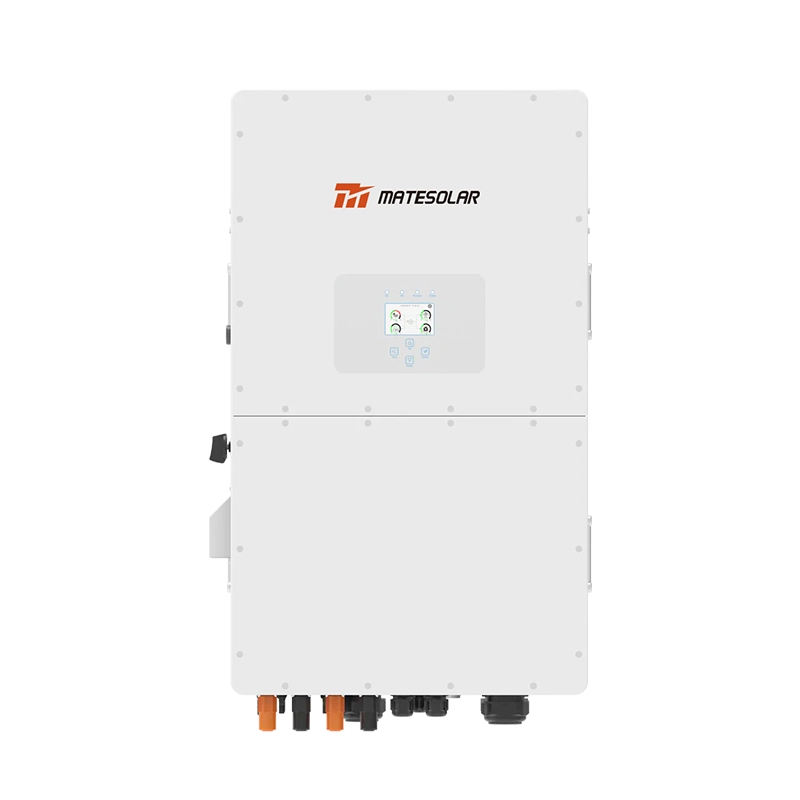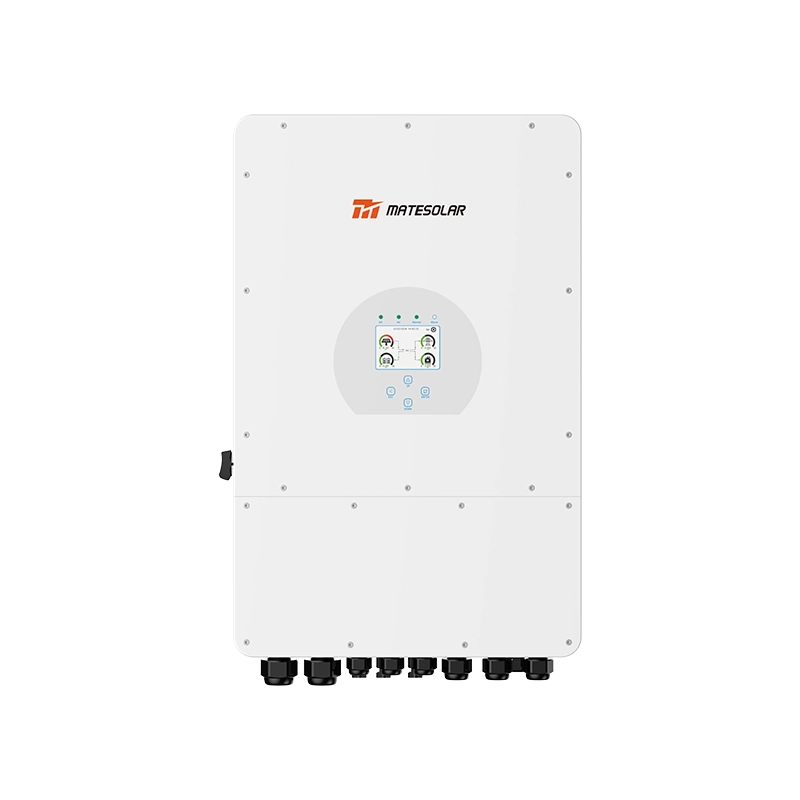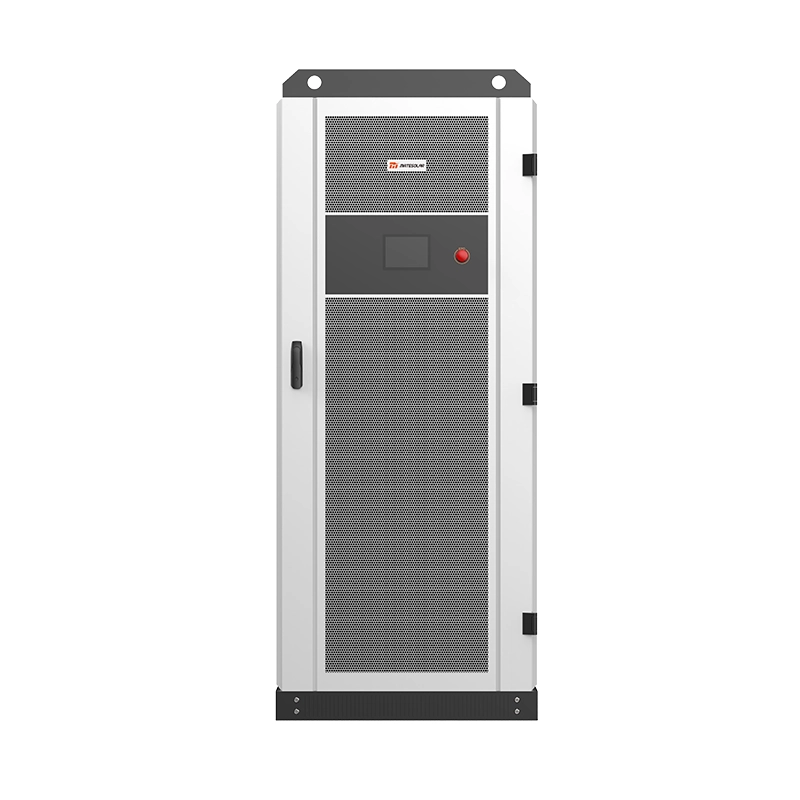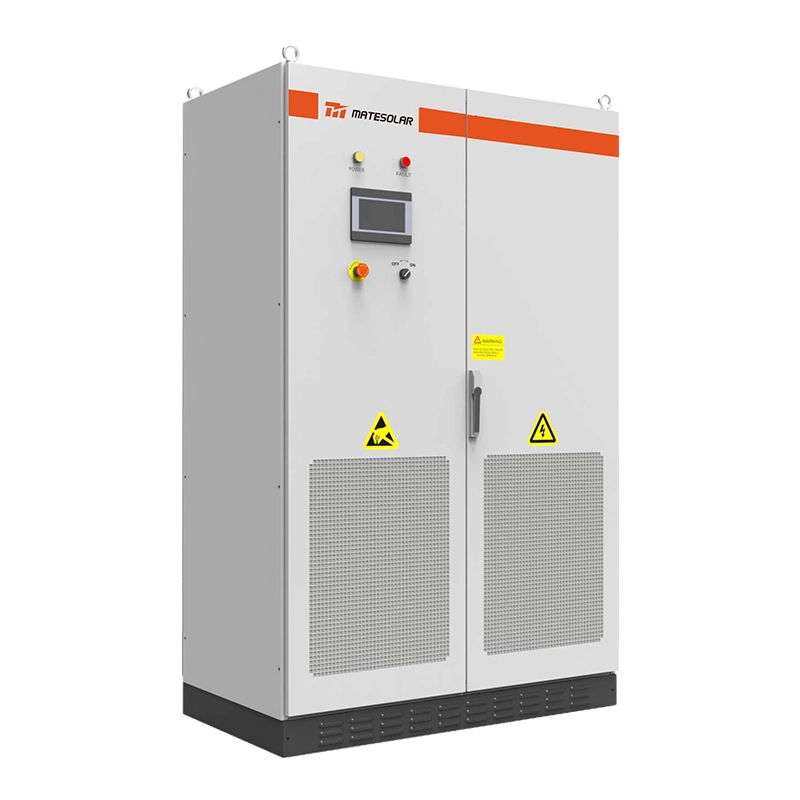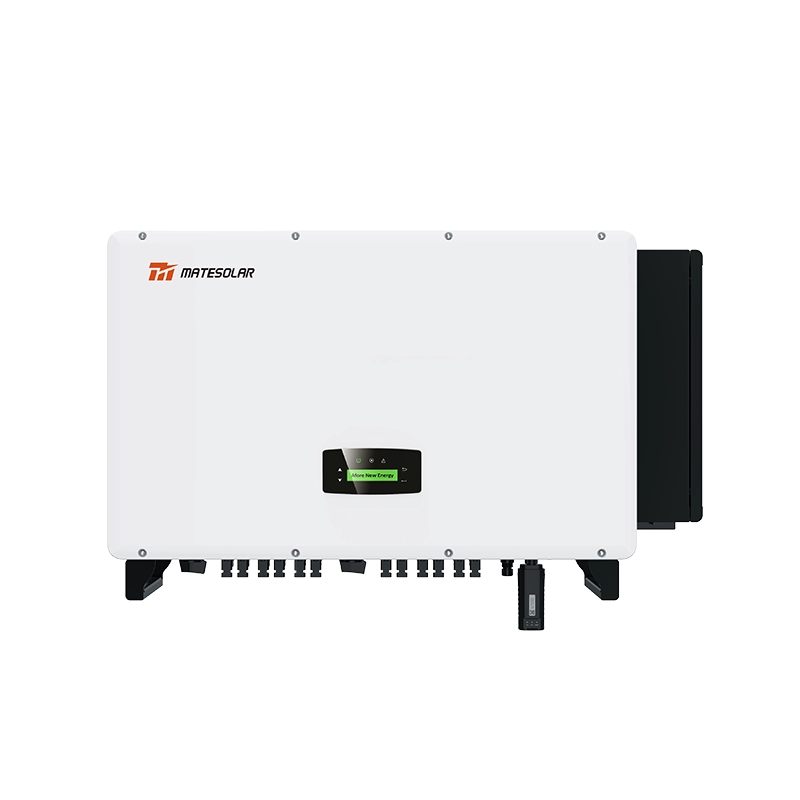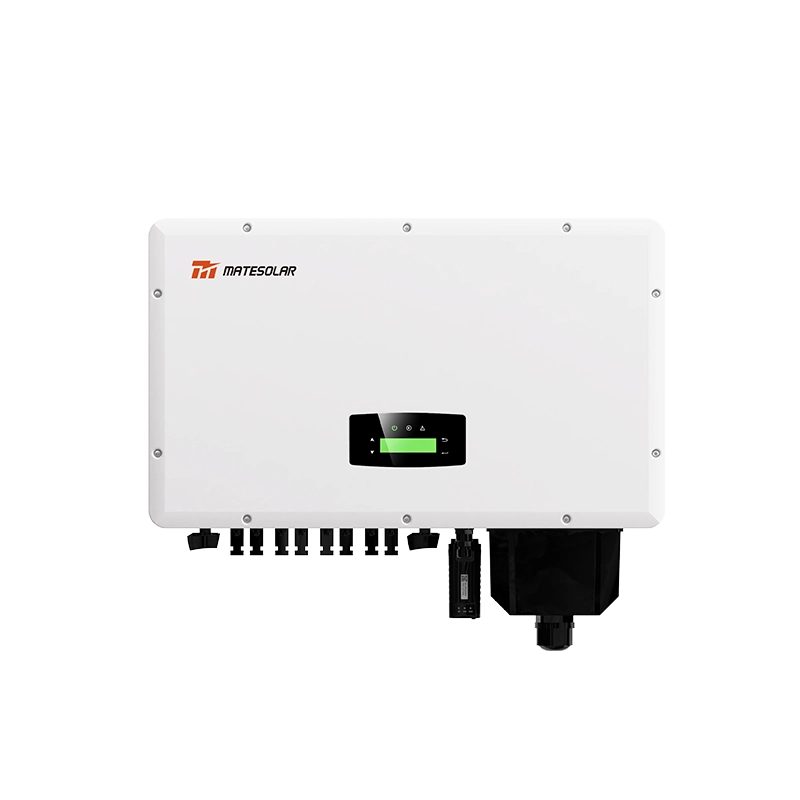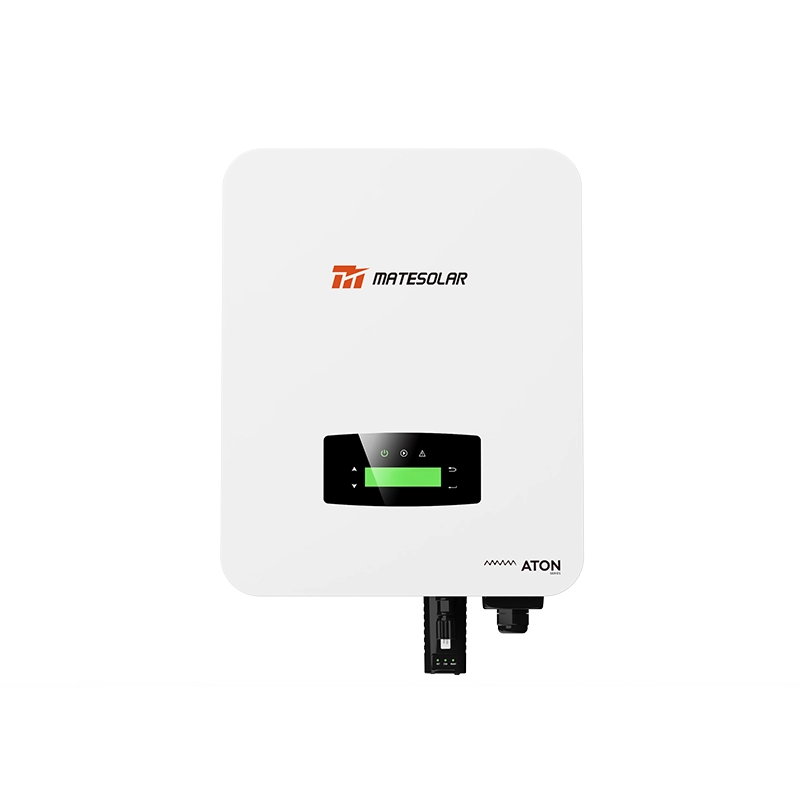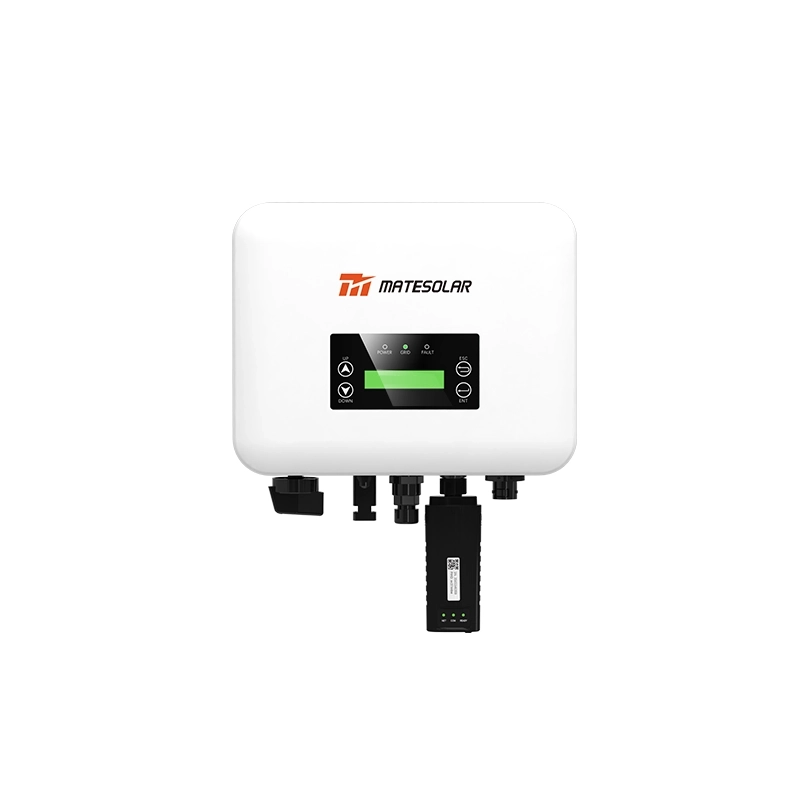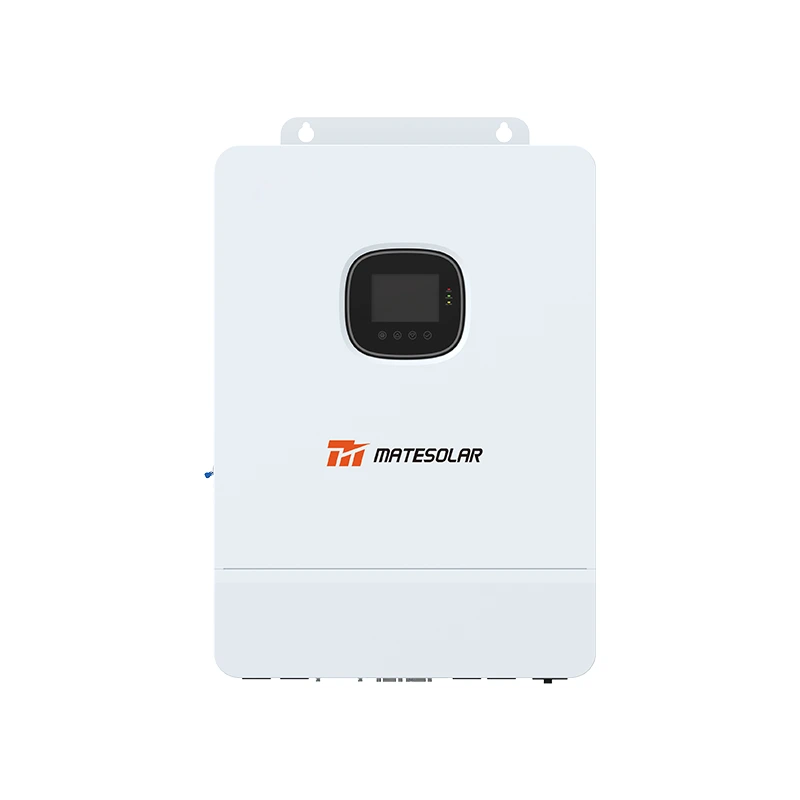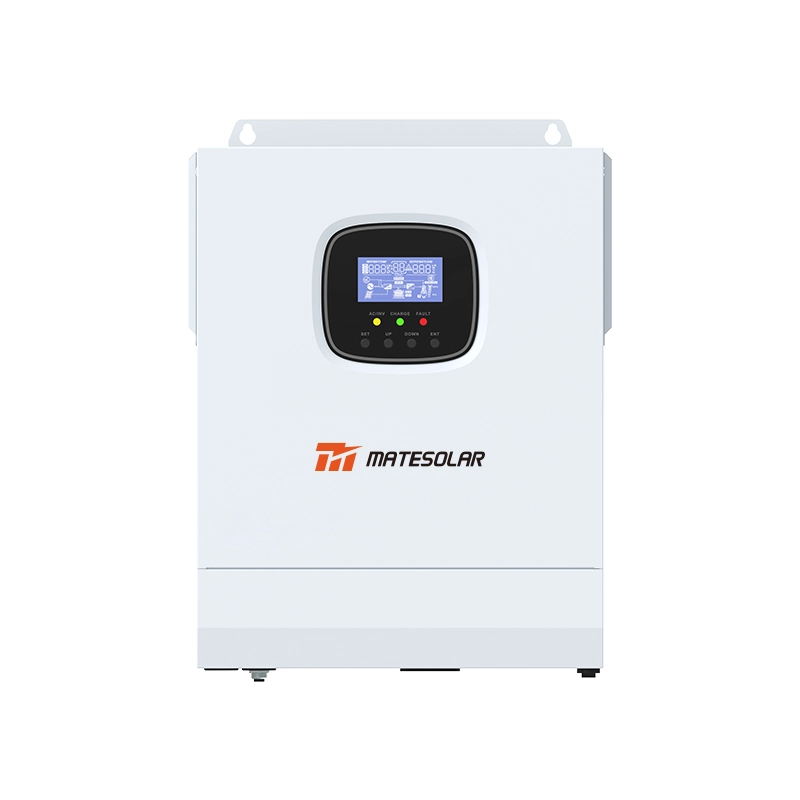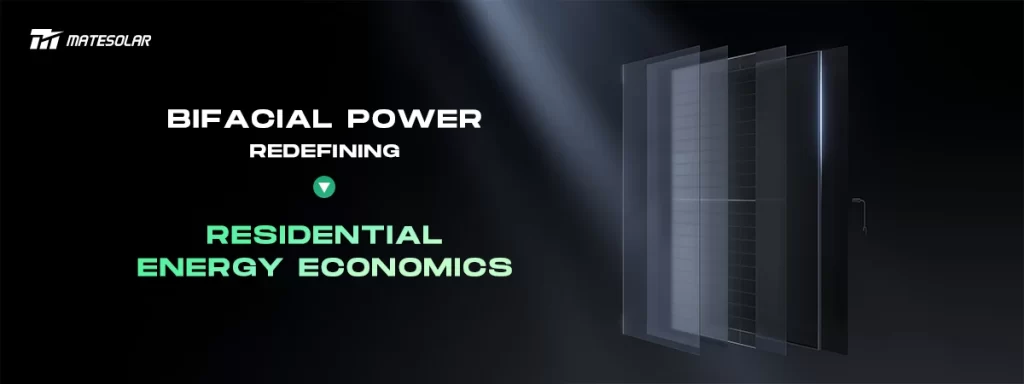
Residential solar is undergoing a quiet revolution, driven not by flashy new materials but by a simple yet profound design change: the ability to harvest sunlight from both sides of the panel. Once limited to utility-scale projects, bifacial solar technology is rapidly transforming residential energy economics, generating 30% more energy than traditional monofacial panels. With the global bifacial solar market projected to soar from $13 billion in 2024 to $49.9 billion in 2034 (a compound annual growth rate of 14.4%), this bifacial technology is rewriting the ROI calculus for homeowners worldwide.
Technological Leap: Beyond Monofacial Thinking
Modern bifacial modules, such as the Hyundai HiN-T435NF(BK), utilize N-type TOPCon cell technology, achieving front-side efficiencies of up to 22.28%, while capturing rear-side irradiance through ultra-clear tempered glass. Unlike traditional PERC cells, the TOPCon architecture is inherently resistant to light-induced degradation (LID) and potential-induced degradation (PID), ensuring extremely low annual power loss (typically ≤0.29%/°C). This translates to a 30-year linear performance guarantee—a key factor for long-term return on investment.
JinkoSolar's Tiger Neo 3.0 series embodies the latest technological advancements, boasting front-side power outputs of up to 650-670Wp and bifaciality of 85-90%, meaning that under reflective conditions, the power generated on the rear side is nearly identical to that on the front side. Combined with a temperature coefficient of -0.26%/°C (better than the industry standard of -0.35%/°C), these panels produce 2-3% more kilowatt-hours per kilowatt-hour (kWh/kW) per day than monofacial competitors of similar power ratings.
*Table 1: Performance Comparison - Bi-facial vs. Monofacial Panels*
| Parâmetro | Bi-facial (TOPCon) | Monofacial (PERC) |
| Avg. Daily Yield (kWh/m²/day) | 0.6 - 1.2 | 0.5 - 1.0 |
| Ganho bifacial | 6% - 30% | N/A |
| Temp Coefficient (Pmax) | -0.26% to -0.29%/°C | -0.35%/°C |
| Annual Degradation | ≤0.4% | ≤0.55% |
| Garantia | 30-year linear | 25-year linear |
System Integration: The AI-Driven Amplifier
Raw panel performance is only half the story. True energy optimization requires intelligent integration, where Huawei's FusionSolar 9.0 platform sets a new standard. Its "True Grid-Forming" technology enables:
- Seamless Mode Switching: Automatic transition between grid-tied and off-grid operation during outages
- Minute-Level Black Start: Self-recovery without external grid support
- AI-Optimized Tracking: Machine learning algorithms that adjust panel tilt based on weather forecasts and electricity pricing
When combined with bi-facial panels, these systems achieve LCOE reductions of 18-22% according to field data from Saudi Arabia's 1.3GWh/400MW microgrid project. Huawei reports 50% lower OPEX through predictive maintenance and 10% higher revenue from electricity trading optimizations – benefits now accessible to residential-scale deployments.
*Table 2: Global Bi-facial Market Growth Projections (by Segment)*
| Segmento | 2024 Market Share | 2034 Projected Value | Key Growth Driver |
| Residencial | 12.1% | $16.2 billion | Aesthetic all-black designs |
| Comercial | 41.3% | $20.6 billion | White rooftop reflectivity |
| Utility-Scale | 46.6% | $23.1 billion | Single-axis tracking synergy |
| Regional Leaders | |||
| Asia-Pacific | 42.9% ($5.5B) | $21.4 billion | China/India policy mandates |
| North America | 24.7% ($3.2B) | $12.3 billion | U.S. residential tax credits |
The Economics: Crunching the Dual-Sided Numbers
For homeowners, the calculus is clear: bi-facial systems command a 10-15% premium upfront but deliver 20-30% more lifetime energy. In Massachusetts – a leader in residential adoption – systems with bi-facial TOPCon panels achieve:
- Payback Period: 6 years (vs. 8.2 years for monofacial)
- Internal Rate of Return: 19.0% (vs. 14.5%)
- Net Present Value: $49,474 over 25 years
These figures assume 30% federal tax credits, which remain available through 2034 despite recent legislative challenges. Even in tariff-constrained markets, the LCOE for bi-facial systems averages $0.023/kWh versus $0.029/kWh for monofacial alternatives – making them resilient against policy shifts.
Bi-Facial Q&A: Addressing Homeowner Concerns
Q1: Do bi-facial panels require special installation conditions?
A: Optimal performance requires elevated mounting (≥1m above ground) and reflective surfaces (white gravel, snow, etc.). Tile roofs achieve 8-12% bifacial gain versus 15-30% for ground mounts.
Q2: How does cloud cover affect rear-side production?
A: Diffuse light capture improves rear-side efficiency by 2-4% in overcast conditions. TOPCon cells’ low-light response (leakage current <1nA/cm²) further enhances yield.
Q3: What’s the realistic payback period with current tariffs?
A: U.S. tariffs add ~$0.12/W, extending payback by 3-8 months. However, MateSolar’s integrated storage offsets this through peak-shaving – our systems achieve ≤6.5-year payback even post-tariff.
Q4: Can existing monofacial systems be upgraded?
A: Retrofit kits allow adding bi-facial panels to existing arrays if inverters have ≥20% oversizing capacity. We recommend phase-in upgrades during storage additions.
The MateSolar Advantage: Your ROI Architect
At MateSolar, we architect not just systems but energy economies. Our integrated bi-facial + storage solutions leverage Huawei’s grid-forming technology to deliver:
- Adaptive Control: Real-time switching between self-consumption and grid export modes
- Financial Firewall: Tariff resilience through 25-year performance guarantees
- Zero-Downtime Assurance: Black start capability <3 minutes
*Table 3: MateSolar Bi-facial System Performance Data (Simulated Annual Yield)*
| Home Profile | Boston, MA | Phoenix, AZ | Miami, FL |
| System Size | 9.6 kW (24x400W) | 10.4 kW (26x400W) | 8.8 kW (22x400W) |
| Estimated Annual Yield | 14,200 kWh | 18,900 kWh | 15,600 kWh |
| Ganho bifacial | 1,920 kWh (13.5%) | 3,402 kWh (18.0%) | 2,184 kWh (14.0%) |
| Storage Configuration | 2x LUNA S1 (14kWh) | 2x LUNA S1 (14kWh) | 1x LUNA S1 (7kWh) |
| Grid Independence | 82% (Year-Round) | 91% (Year-Round) | 79% (Year-Round) |
The Horizon: Where Dual-Sided Tech is Headed
Emerging technologies will further amplify bi-facial advantages:
- Quantum Dot Coatings: Expand spectral response to harvest infrared photons (lab efficiencies >32%)
- Dynamic Backsheets: Switchable transparency to optimize rear-side irradiance throughout the day
- AI-Powered Cleaning Robots: Maintain >95% reflectivity on rear-side surfaces
As Abigail Ross Hopper of SEIA notes, despite near-term headwinds, the U.S. residential solar market will grow at 9% annually through 2030 – growth increasingly fueled by bi-facial economics.
MateSolar: Engineering Your Energy Independence
As an integrated provider of AI-driven solar + storage solutions, MateSolar leverages breakthroughs like TOPCon bi-facial panels and grid-forming storage to deliver uncompromising ROI. From Boston rooftops to Arizona desert homes, our systems prove daily that the future of energy isn’t just renewable – it’s two-sided.





